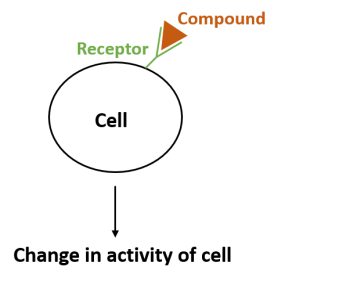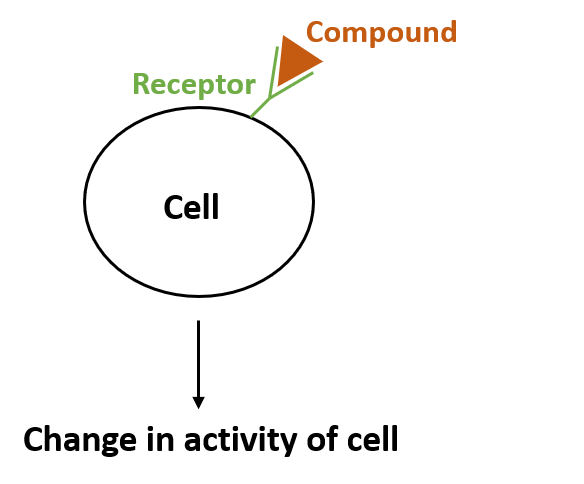If you read the news regularly, you will know that journalists love talking about how x, y and z chemicals are bad for humans and/or the environment. These articles talk about how chemicals (or pollutants) affect a species’ survival, growth, development, fertility, etc. But how exactly does a pollutant do this? What special powers does it have to cause these broad and harmful changes?
Pollutants have three special powers: the powers to bind, accumulate and interact.
Binding power
Pollutants can harm us by binding to things in our body. They can bind to molecules on the surface of our cells and disrupt communication between cells. If our brain and body don’t listen to each other, we will be unable to function normally. Pollutants can also bind to our enzymes and prevent them from carrying out essential activities like digestion, metabolism, etc. And they can bind to DNA and change the amount of proteins that are produced. Right amounts of proteins are needed to build cells, produce hormones and maintain immunity.
Examples: Dioxin/TCDD (Agent Orange) binds to the aryl hydrocarbon receptor causing several different toxic effects, carbon monoxide binds to hemoglobin preventing oxygen transport, and alfatoxin (found in peanuts and corn) binds to DNA and damages it.

Accumulation power
This occurs when we take up a chemical faster than we break down or eliminate it. Pollutants can accumulate within the living tissues and organs of our body. This can cause our tissues and organs to malfunction and become poisoned. Some chemicals (like fat-loving chemicals or chemicals with several halogen atoms) accumulate more easily than other chemicals.
Examples: DDT accumulation in birds caused several of their populations to crash and lead accumulation has shown to decrease IQ points in children.
Interaction power
If there are two or more pollutants in an organism, they can interact with one another. Mostly the combined effect of the pollutants will be equal to the sum of their individual effects (1 + 2 = 3). This is called an additive effect and it can be observed when aspirin and acetaminophen are taken together. They both act in a similar manner and their combined effect is comparable to taking two doses of one drug.
Another kind of interaction occurs when the combined effect of two chemicals can be greater than the sum of their individual effects (1 + 2 = 5). This can happen if chemical A increases the activity of chemical B. This is called a synergistic effect and it can be observed when acetaminophen and alcohol are taken together. Both are broken down by the liver and their combined presence taxes the organ, making it more vulnerable.
The final kind of interaction occurs when the combined effect of two chemicals is less than the sum of their individual effects (1 + 2 = 1). This occurs if chemical A hinders the activity of chemical B. This is called an antagonistic effect and a classical example of this is anti-venom drugs canceling out the effects of a snake bite.
How we fight back
So how do we fight back against these special powers that harm us? Well, we can create molecules that attach to the pollutant and prevent the pollutant from binding to cells, enzymes or DNA. Or we can hide it away in a globule of fat. We can also break down the pollutant and make it less toxic. And of course, we can excrete it out.
If these mechanisms don’t kick in on time, we also have the ability to repair the damage caused by pollutants.
Source:
Principles of Ecotoxicology (4th Edition) by C.H. Walker, R.M. Sibly, S.P. Hopkin and D.B. Peakall


3 Comments